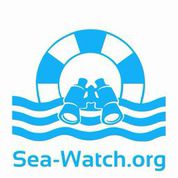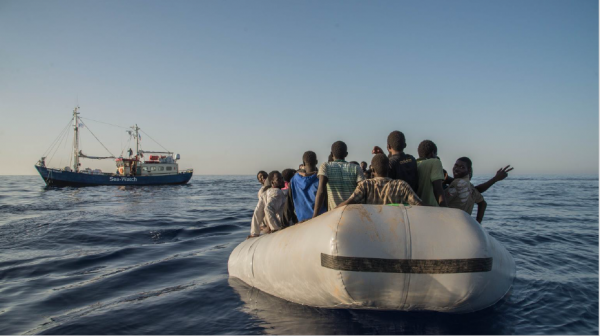
Project Goal: 500,00 € Financed: 500,00 € Missing: 0,00 €

Sea Watch functions as a floating phone booth just off the Libyan coast, which will be used for maritime search and rescue. To report a boat in distress and inform relevant authorities, the organization needs reliable satellite communication for reporting and for cooperation with other institutions. To this end, monthly costs of €500 arise.

Germany, Europe




With over 3,600 drowned, 2016 is already the deadliest year in the Mediterranean - and these are only those who were actually found. The prevailing situation of refugees from Africa in the Mediterranean is still horrendous. Sea-Watch wants to save lives, raise awareness and make it impossible to look the other way - this includes regular reporting via satellite communication. Sea-Watch patrols the Libyan coast, looking for refugees in distress and giving first aid in case of need (medical assistance, provision of drinking water, food, life jackets and life rafts); advocate for the rights of refugees; inform the authorities and wait until help arrives; report on the situation on the ground; and cooperate closely with other institutions working to help the refugees.
Sea-Watch see themselves as a "floating eye at sea". They will now always also take at least 30 refugees aboard of the "Sea-Watch 2" - while at the same time assisting ships and boats in distress, and summoning the help they need by making sure the responsible countries fulfill their duties. The measures taken always correspond with international guidelines and are approved by the responsible rescue authorities.
Thank you for your feedback! We'll reply on your comments as fast as possible.
